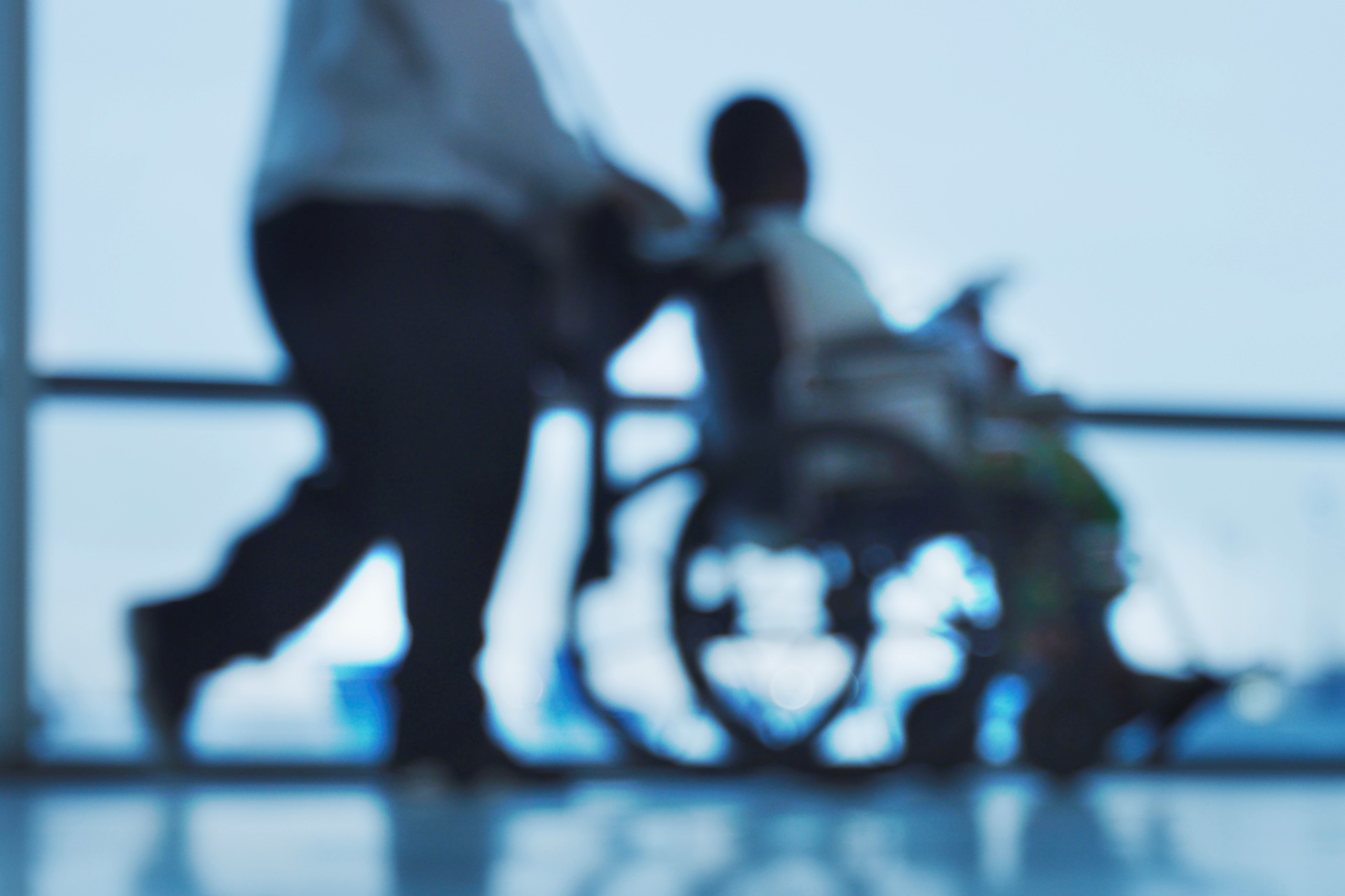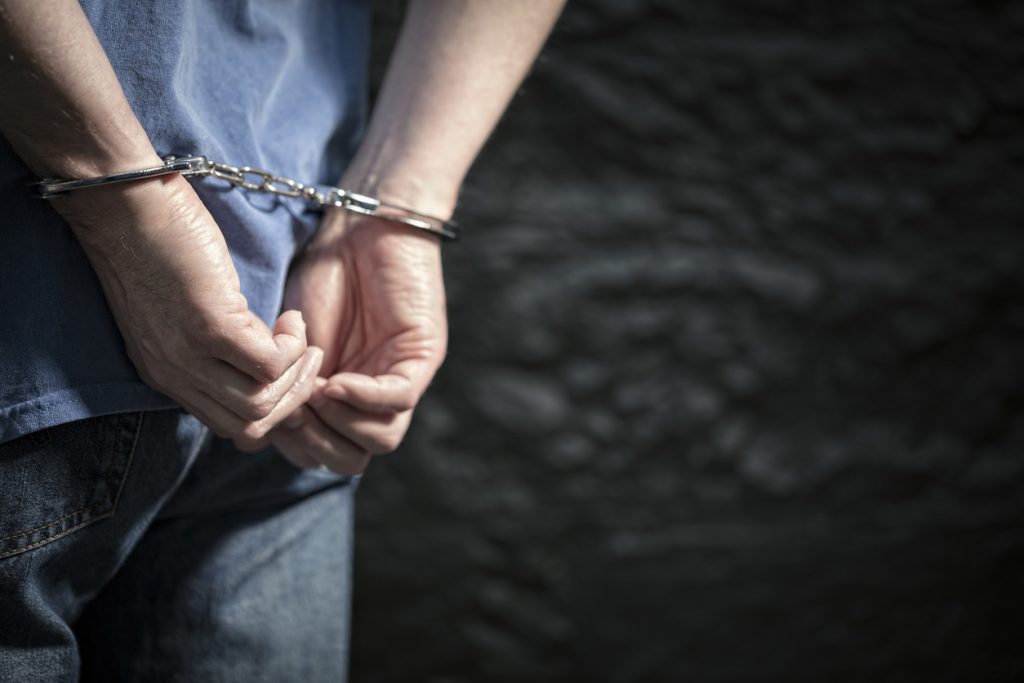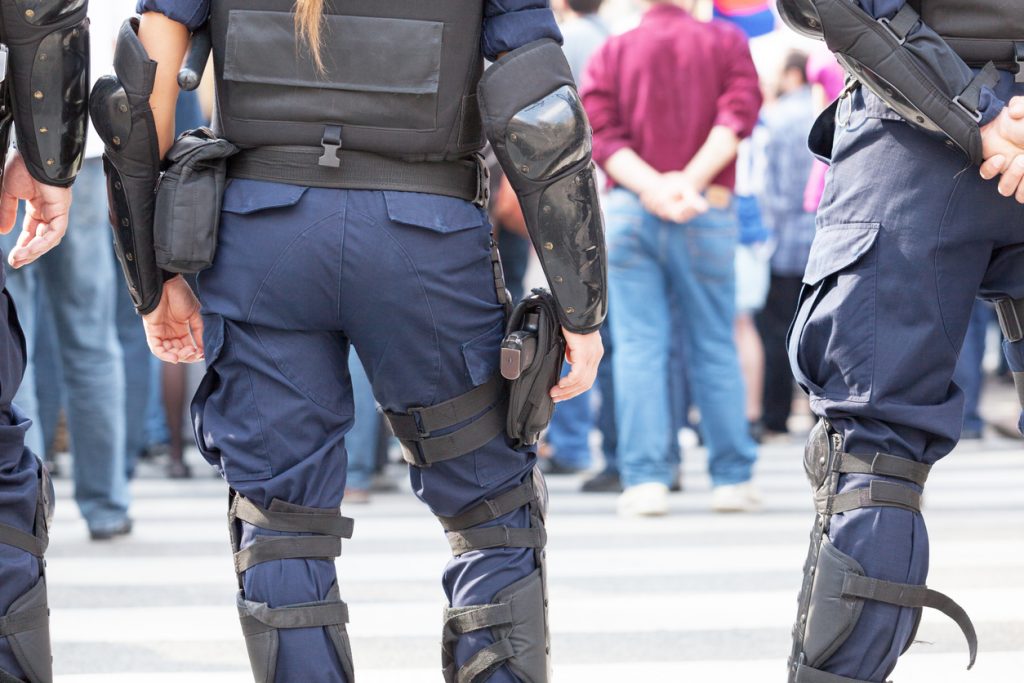
03 Jun Explainer: People with Disabilities in the Criminal Justice System
Among correctional populations in the United States, certain groups are overrepresented. One of those populations is people with disabilities. And recent research shows that the criminal justice system consistently fails people with disabilities at every stage. This group includes individuals with cognitive, developmental, and/or physical disabilities. Incarceration rates for people with disabilities far exceed incarceration rates for the general public. This is especially true for those with cognitive disabilities, and disproportionately affects people of color with disabilities. Individuals with disabilities are also more vulnerable to police violence, and to sexual assault while in prison.
Cognitive and mental health disabilities are more Common Among Incarcerated People
The incarceration rate of people with disabilities is disproportionately high. Still, the Center for American Progress notes, policymakers often overlook the disparity in discussions about mass incarceration and discriminatory practices. According to their report, one key influence in the rising number of people with disabilities in the corrections population relates to the closure of state mental hospitals and other mental institutions. The number of institutionalized people dropped from more than half a million to about 70,000 from 1955 to 1994; however, the number of incarcerated people with disabilities spiked.
The Center for American Progress reports that United States prisons now house three times more people with disabilities than mental institutions. The most common type of disability reported by incarcerated people is a cognitive disability, according to their research. This includes people with Down syndrome, autism, dementia, intellectual disabilities, and learning disorders. Incarcerated people in prison are four times more likely to have a cognitive disability than the general population and people in jail are six times more likely. The rates are even higher for incarcerated juveniles.
People with mental health disabilities are overrepresented as well, based on the Center for American Progress report. As many as 20% of those behind bars have a serious mental illness. The Bureau of Justice Statistics identifies serious mental illnesses as mood disorders, anxiety disorders, and schizophrenia. According to their classification, the key differences between cognitive and mental health disabilities relate to treatment and occurrence; mental illness may seem cyclical, and professionals often treat it with medication.
As many as one-quarter of incarcerated people report having a cognitive disability.
Jennifer Sarrett, a university lecturer who specializes in ethical issues around people with disabilities, highlights that representation of cognitive disabilities in prisons is disproportionate, with 25% of those behind bars reporting a cognitive disability and just 10% percent of the general population reporting a similar disability. She further writes that “prisoners with [cognitive] disabilities are at greater risk of serving longer, harder sentences and being exploited and abused by prison staff or other incarcerated people.”

People with disabilities are vulnerable to violence and excessive discipline in prison.
As Sarrett explains, it is not just others in prison who victimize people with disabilities. People with disabilities may require more time to process instructions. They may also get confused by their surroundings. Because of this, people with disabilities are at higher risk of physical assault from corrections officers. Several formerly incarcerated people shared with Sarrett that corrections officers also exploit people with disabilities, coercing them to perform tasks for the officers. The problem does not start with incarceration, though. People with disabilities are more vulnerable during processing, interrogation, and investigation, too.
Joan Petersilia, a criminology professor, points out that other criminals may also exploit people with disabilities. They sometimes use them to commit crimes and then let them take the fall. After performing an illegal act, Petersilia notes, those with disabilities are less likely to flee the scene. She quotes a Los Angeles police officer who told her, “[people with disabilities] are the last to leave the scene, the first to get arrested, and the first to confess.” All of this, according to her research, stems from a deep need for social acceptance and a lack of understanding of society’s rules.
According to Jim Concannon, a former law enforcement officer, one key reason for the high incarceration rate of people with disabilities tracks back to police officers. He explains that people with cognitive disabilities display “inappropriate responses” in police presence, such as running away or hiding. They may also tell police officers what they want to hear so that the police will leave them alone. People with disabilities may also waive Miranda rights without understanding the repercussions, Concannon writes.
People with disabilities in the criminal justice system require special protections and accommodations.
A Vera Institute for Justice report points out that little data exists tracking the sexual abuse of people with disabilities behind bars, and researchers continue to ignore incarcerated juveniles with disabilities. Still, the data they analyzed does show that people with psychological disabilities are nine times more likely to report sexual abuse in prison. Factoring in research about victimology and crimes against people with disabilities outside prison, Vera argues that people with disabilities in prison are especially vulnerable to violent and/or sexual assault.
The Prison Rape Elimination Act (PREA) protects all incarcerated people from sexual assault in confinement settings. An amendment specifically addresses protections necessary in juvenile facilities. Vera developed a guide meant to help facilities meet the requirements of PREA specifically for people with disabilities. According to the guide, facilities must take disabilities into consideration at every step of the process. This ensures that people with disabilities are protected.
Police violence is more common against people with disabilities.
While organizations like Black Lives Matter have helped center discussions of police violence around violence against Black citizens, the problem of police violence against people with disabilities is less visible. According to a BBC report, at least 1 in 4 people killed by police have a disability. The report includes several exemplary cases in which police killed a person with a disability. Each time, the use of force was in response to non-compliance.
Police tased one individual diagnosed with schizophrenia 15 times while he was naked in the shower before officers injected him with sedatives. He died as a result. Another, a person with Down syndrome, refused to leave a movie theater. Though officers admitted he posed no threat, they subdued and handcuffed him. He died minutes later from asphyxiation. The BBC report notes that these stories are far from unique; instead, violent interactions between police and people with disabilities are becoming somewhat common. The report also suggests that the problem is specific to American police officers.
Black people with disabilities face an even greater risk of police violence.
Marcus-David Peters crashed his vehicle during a psychotic break. When officers arrived, he was nude and walking away from the crash. Officers perceived his advance as a threat and shot him to death. Peters’ death is one example of how Black individuals with disabilities are at even greater risk of police violence. Talila A. Lewis, lawyer and advocate, explains that this is because the United States relies on “constructed ideas about disability, delinquency and dependency, intertwined with constructed ideas about race to classify and criminalize people.”
Lawyer and activist Haben Girma says that part of the problem is compliance culture in police departments. “Anyone who immediately doesn’t comply, the police move on to force.” Since people with disabilities may not respond the way police expect, they often use force to get them to comply.

Justice reform must include protections for people with disabilities.
It is clear from these reports that people with disabilities are vulnerable at every stage of the criminal justice system. That’s why some organizations believe change must begin with who responds to people with disabilities and how they respond. Sending medical or mental health professionals to respond to people with disabilities could help ensure that those who respond understand the needs of people in crisis.
“Only when the rights and realities of people with disabilities are recognized and addressed will they be able to succeed in our communities. People of color and others from vulnerable populations are especially at risk because of the intersecting and compounding effects of racism, ableism and other forms of discrimination. Criminal justice reform will not succeed unless and until disability is addressed in all stages of the criminal justice system from early intervention to reentry and reintegration,” explains Philip Pauli, one author of “Disability and Criminal Justice Reform: Keys to Success.”
The Learning Disabilities Association of America recommends three specific steps to protect people with disabilities in new reform laws: intervene early to stop juveniles with disabilities from entering the system; provide necessary accommodations throughout the justice process; and institute reentry programs that focus on the specific needs of people with disabilities to help prevent recidivism.

